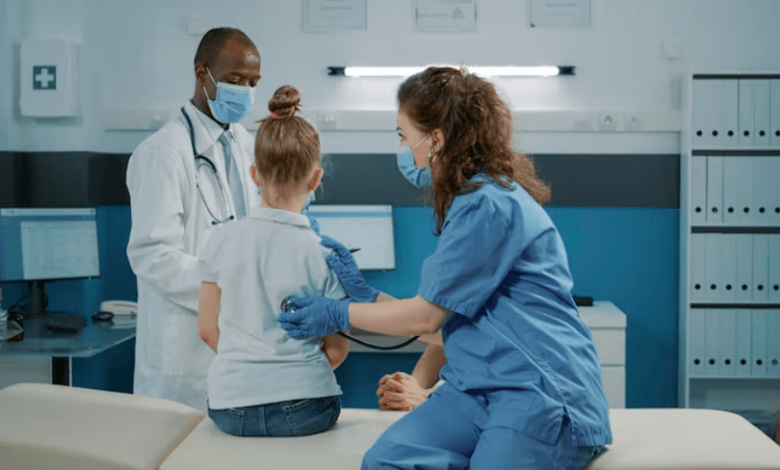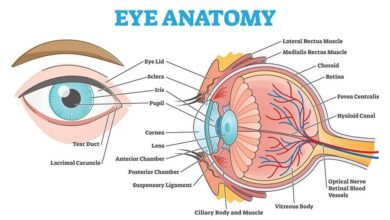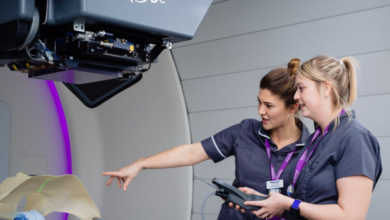Ensuring Safe and Efficient Medical Evacuation

Introduction
Medical evacuation plays a critical role in healthcare, providing rapid transportation for patients who need urgent medical attention in locations that lack immediate care facilities. This service is essential in emergencies, disaster scenarios, or when specialized treatment is required in distant medical centers. Medical evacuation ensures that patients receive timely care while maintaining safety and professional medical oversight throughout transit.
The Importance of Medical Evacuation
Medical evacuation is more than just patient transport; it is a lifeline in critical situations. Its key benefits include:
- Rapid Response: Patients are moved quickly to facilities equipped to handle their medical needs.
- Advanced Care During Transit: Trained medical personnel monitor vitals and administer necessary treatments.
- Accessibility: Evacuation services make it possible for patients in remote or disaster-stricken areas to access top-tier healthcare.
- Safety: Equipped vehicles and aircraft are designed to handle various medical conditions, minimizing risk during transit.
The combination of speed, care, and safety ensures that patients can reach specialized healthcare without delay.
See also: Emergency Ambulance and Its Role in Healthcare
Types of Medical Evacuation Services
Medical evacuation can be categorized based on the urgency and mode of transport:
- Ground Evacuation: Ambulances equipped with life-support systems for rapid road transport.
- Air Ambulance: Helicopters or fixed-wing aircraft providing swift access to distant medical facilities.
- International Medical Evacuation: Transport across borders for patients requiring specialized care unavailable locally.
- Disaster and Mass Casualty Evacuation: Coordinated efforts to move multiple patients safely during large-scale emergencies.
Each type of evacuation is tailored to meet specific patient needs, considering the severity of their condition and logistical challenges.
Equipment and Personnel in Medical Evacuation
Effective medical evacuation depends on specialized equipment and trained personnel:
- Advanced Life Support Systems: Oxygen delivery, cardiac monitors, and ventilators ensure patient stability.
- Medical Kits: Comprehensive kits for emergency procedures and medication administration.
- Trained Crew: Doctors, paramedics, and nurses trained in emergency care provide continuous monitoring and intervention.
- Communication Systems: Constant contact with hospitals ensures readiness upon arrival.
The combination of professional personnel and specialized equipment guarantees a safe and efficient evacuation.
Planning a Medical Evacuation
Proper planning enhances the effectiveness of medical evacuation:
- Assessment: Determining the patient’s medical condition and required care level.
- Route Selection: Choosing the fastest and safest route, whether by road, air, or a combination.
- Coordination with Hospitals: Ensuring receiving facilities are prepared for patient arrival.
- Logistics Management: Arranging permits, flight plans, or road clearances to avoid delays.
Planning ensures minimal complications and provides patients with the best possible outcomes.
Challenges in Medical Evacuation
Despite technological advancements medical evacuation faces several challenges:
- Remote Locations: Evacuating patients from isolated areas can be difficult due to terrain or weather conditions.
- Resource Limitations: Availability of specialized vehicles or aircraft may be constrained in emergencies.
- Medical Risks During Transit: Patients may experience complications during transportation that require immediate attention.
- Regulatory Hurdles: International evacuations may involve complex legal and logistical requirements.
Addressing these challenges requires skilled personnel, advanced planning, and adaptive solutions.
Advantages of Timely Medical Evacuation
Timely medical evacuation can significantly impact patient outcomes:
- Reduced Mortality and Morbidity: Quick access to advanced care increases survival chances.
- Minimized Complications: Continuous medical support during transit prevents deterioration.
- Psychological Comfort: Patients and families gain reassurance knowing professional care is available throughout the journey.
- Resource Optimization: Hospitals receive patients in a controlled manner, reducing strain on emergency departments.
The benefits highlight why medical evacuation is an essential component of modern healthcare systems.
Conclusion
Medical evacuation ensures that patients receive urgent and specialized care when and where it is needed most. From remote regions to international transfers, these services offer rapid, safe, and professionally supervised transportation. By leveraging trained personnel, advanced equipment, and meticulous planning, medical evacuation bridges the gap between emergency situations and proper healthcare delivery. In both routine and crisis scenarios, the service remains indispensable, providing patients with timely access to life-saving interventions and improving overall health outcomes.



